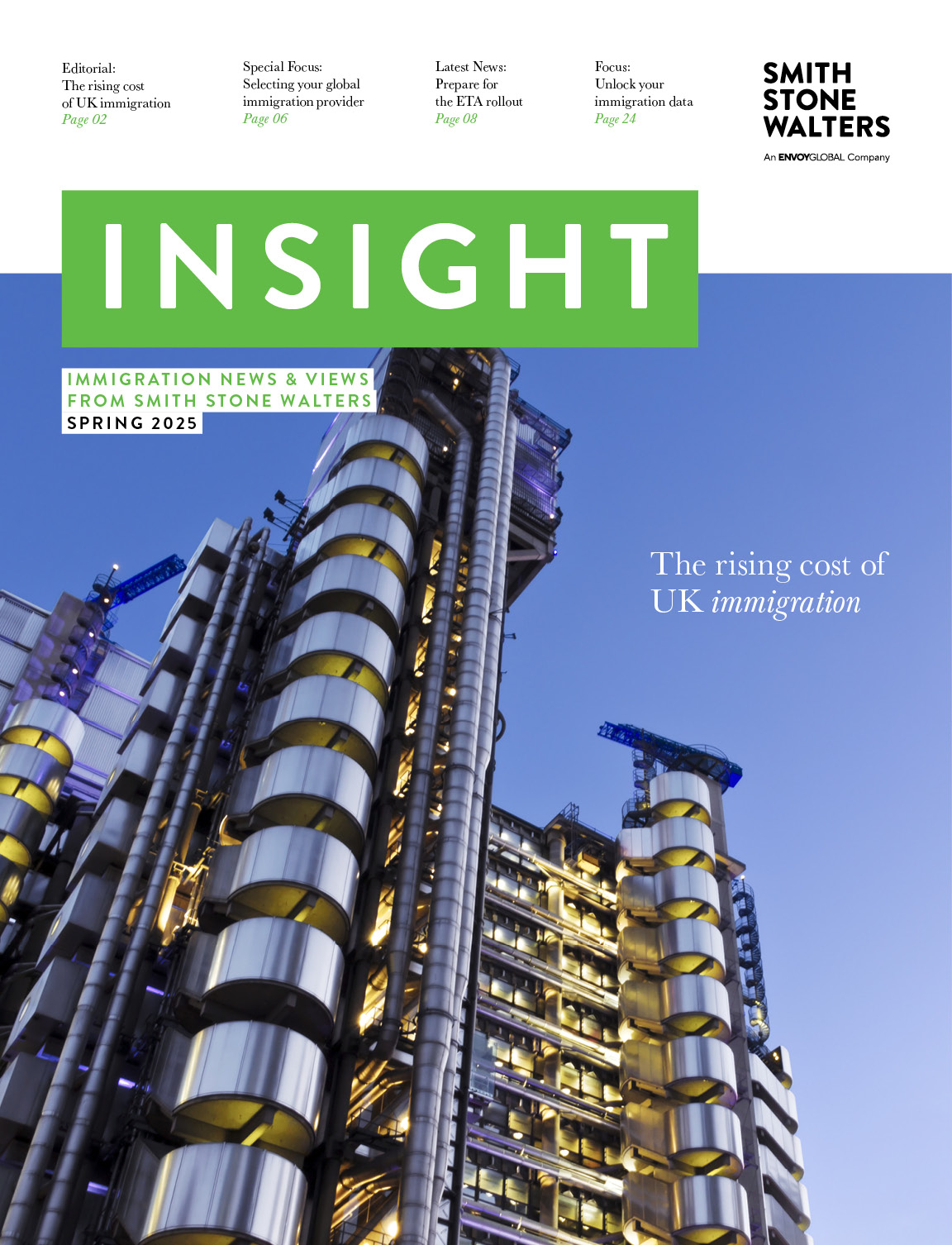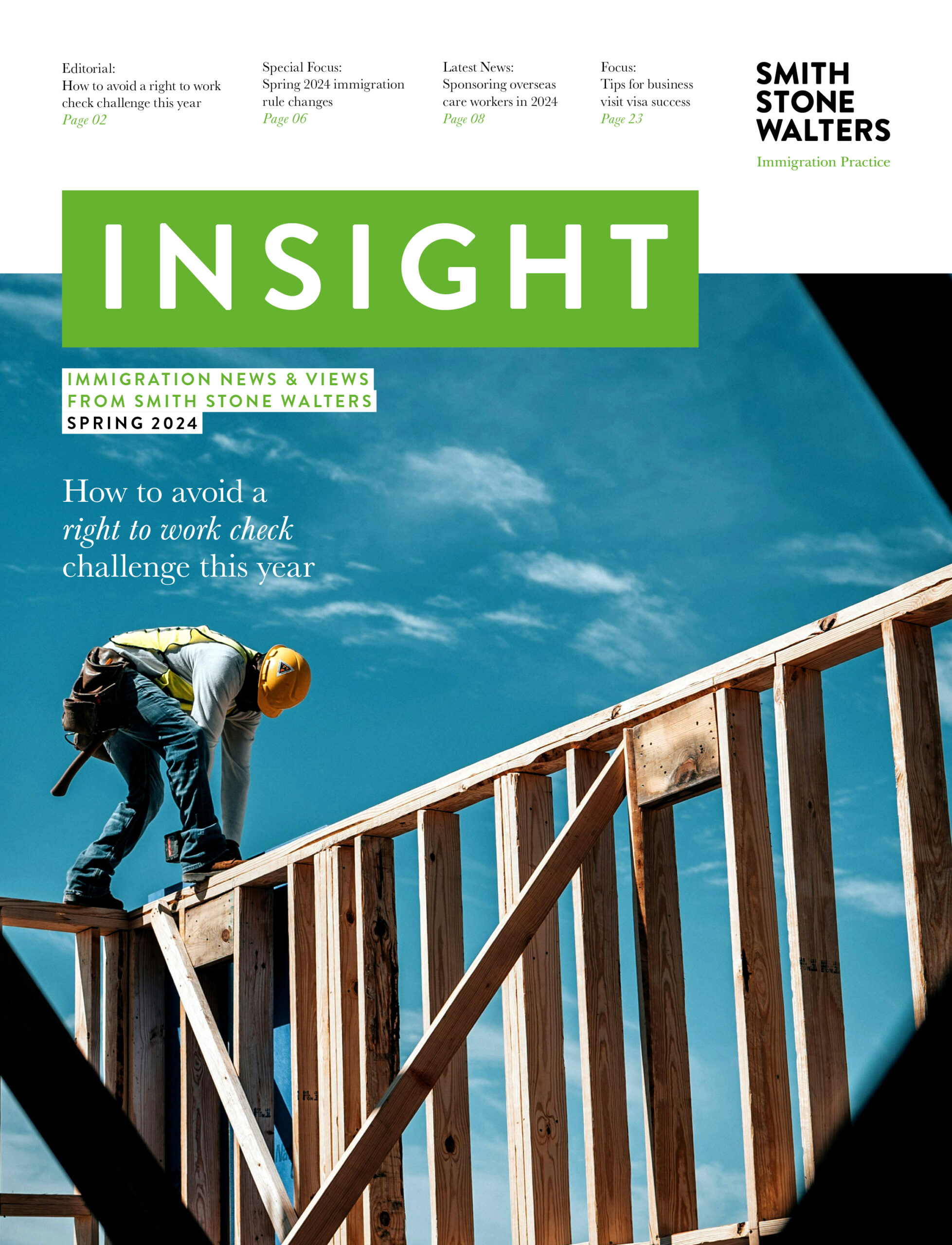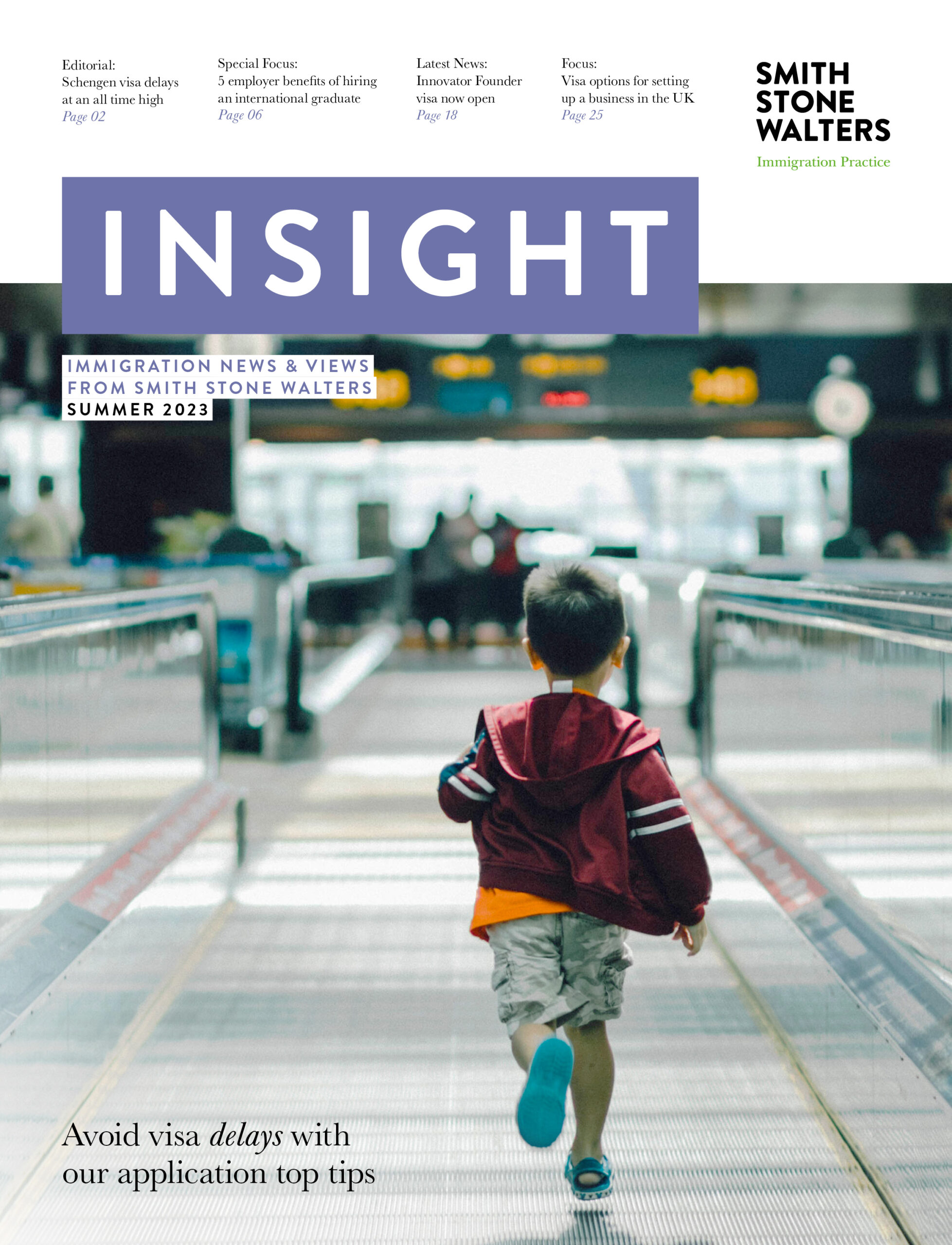EU Settlement Scheme: as easy as 1, 2, 3?
A recent blogpost from Ian Dunt, editor of politics.co.uk and author of ‘Brexit: What the Hell Happens Now?‘ investigates the EU Settlement Scheme so far.
He asked people to contact him via Twitter to give him their anecdotal evidence of registration and their outcome. He was approached by groups with access to large numbers of EU citizens, as well as those offering specialist support to vulnerable people.
‘Putting all these experiences together gives some indication of the general state of the project,‘ Dunt believes.
He admits ‘even though it’s not a rigorous academic study, it should provide a fairly decent picture of how things are going at this early stage.’
His research has identified three flaws:
1 Access in the first place
The Settlement Scheme app, EU Exit: ID Document Check, only works on the latest versions of Android mobiles, and not at all on iPhones.
This means that applicants without access to the app will have to post their passport to the Home Office instead. Given its reputation for losing important documents, many are reluctant to do so.
The alternative is to travel to one of the 50 Centres across the country who will upload your information for you. But some Twitter respondents complained that their ‘local’ centre was 15 miles away and a difficult journey to make by public transport.
Dunt heard from some EU groups who ‘are holding little get-togethers – basically like Android Tupperware parties (see picture) – where they pass around a smartphone’. Birmingham Yardley MP Jess Phillips recently publicly offered her own phone to any of her EU constituents to use.
2 Difficulties with evidence
Even if you are able to get onto the app, sometimes it doesn’t work. Several people in Dunt’s survey (and on the app’s review page itself) have reported that the chip in their biometric passport didn’t scan.
The Settlement Scheme grants settled status to those who can prove five years of residence in the UK; or pre-settled status for those who have been here for less than five years.
The app is designed primarily for people who are employed, as it asks for their National Insurance number (NINO). Using this NINO, checks are made against personal information stored by HMRC and the DWP.
The problem is that of the 3.7 million EU citizens who are required to register before 2021, up to a quarter are self-employed. That’s 740,00 people who won’t necessarily have all the evidence they need. There is also no online provision for proving residence if you have:
- Volunteered during your stay
- Had a gap in your employment history
- Retired
- Never claimed benefits
- Carried out seasonal or informal work.
Dunt further suggests that people who are not confident speaking or understanding English or dealing with authorities are very likely to slip through the cracks of a mostly tech-based system.
3 Problems with the wrong status
‘Settled status’ is the equivalent of indefinite leave to remain. As Dunt puts it, ‘you have a firm legal status which lasts forever and no-one can challenge’.
Pre-settled status gives the EU citizen five years limited right to remain in the UK.
Crucially, pre-settled status ‘does not automatically upgrade to settled status after five years. It just cancels out’.
In the first beta test, 100 per cent of applicants received the status they ‘expected’. (That is the key word, rather than ‘deserved.’) However, the first trial was targeted at specific groups such as NHS workers. It would be easy to predict their expected status before application.
It’s impossible to estimate how many ‘expect’ settled status but will receive pre-settled instead. Because the Home Office is dealing in such big numbers, even one in 10 mistakes will cause a problem. If not now, then later down the line. After all, these are people who do not have the correct paperwork at the moment to prove settled status. How will they fare in a few years’ time?
The major concern is that between 2021-2026 many people who are registered as pre-settled will forget to reapply. When they are approached by the authorities for proof of their legal status, they won’t have it.
As Dunt says,
‘Many people are likely to accept pre-settled status and then forget about it, leaving them suddenly as an undocumented migrant in 2026. And then they’ll fall into the Home Office’s Hostile Environment policy. People will have moved on. The press will have stopped paying attention. And they’ll be at the mercy of the authorities.
If the Home Office had a different track record, that would be less concerning. But they don’t.’










